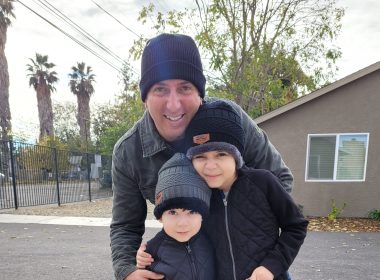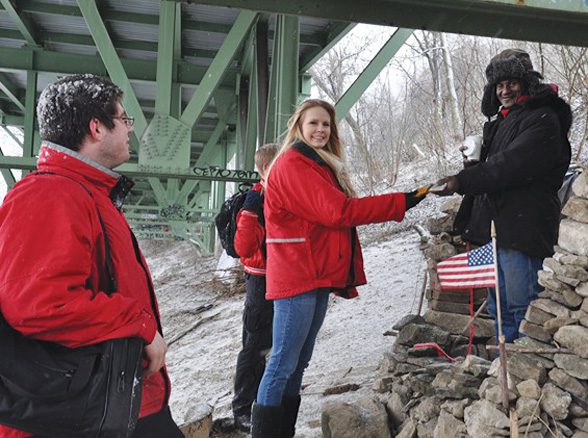By Chris Doyle
Advisory boards are a tremendous blessing to non-profit organizations: they help provide direction, exert influence in the community, spread the news of The Salvation Army’s good work, provide continuity in the wake of officer changes and—in a perfect world—help raise funds.
But many corps officers and program directors have little or no experience with advisory boards before they arrive at their post. With so many things on a local leader’s plate, it’s no surprise that building and maintaining a board seems like a task too tall, particularly in light of so many other urgent needs.
In my 25-year non-profit career, I have worked with a variety of boards—from good, to great, to flat out dysfunctional. What I’ve learned is that, despite the effort they take, they’re worth it. A strong board, working together and understanding its role, offered a lot of support both to the organization itself and to me as CEO.
Part one of this two-part advisory board series explores some key tips to starting and maintaining a board.
1. Begin with the end in mind: Boards that are just “thrown together” because someone feels obliged to have a board do not usually work. Get a clear picture of what you want to accomplish. A fundraising board looks very different from one with a program focus. You may want to do both. Great! But think it all through and write down your objectives.
2. Write it down: Create a “job description” for your ideal board member. This will help you define expectations of what you are looking for and is a good leave-behind piece as you talk with advisory board prospects.
3. Find the right board members: Once you decide what you want to accomplish, then you need to start finding the right people. I have always believed that it is more important to find someone who knows how a board works and how to work on a board than how much they give in financial terms. Remember you are looking for people who can contribute time, talent and eventually treasure.
4. Recruitment: First, look for prospects among your soldiers and committed volunteers. Dependable donors giving over a long period of time generally signal strong commitment. Join a local service club and make friends with community leaders. It will take time. People are busy. But eventually you will find a core group of seven people—12 at most—who are excited to serve and who fit the profile.
5. Leverage resources: Territorial headquarters recognizes the value in advisory boards and has invested in a helpful website—mysaboard.org—as well as an advisory board member kit to help Salvation Army units recruit and maintain effective boards. Check them out.
6. Let potential board members experience the action: Board members need to see the work being done in the field. Let them engage their five senses while working the line at your next food distribution. There is no better way to find out if a prospect has the “heart of the Army” than to show them the work and let God touch their heart. It is also not a bad idea to invite a prospect to attend a board meeting and see how your board functions.
7. Commitment: On average, we want board members to serve three to four years (and here is an advertisement for board term limits; if you don’t have them, you need them.) Limits give board members a much-deserved break and give you the freedom to add new perspectives to your board. The Army needs engaged, energetic, committed people. Make sure the people you are asking are willing to make the commitment needed to serve on an advisory board—otherwise all parties will be frustrated.
Just like the body of Christ, Salvation Army units are made up of individual parts, all working together to build the kingdom—from dedicated, prayerful leaders and trained staff to generous donors and volunteers. I encourage you to see advisory boards as one of many essential ingredients for success, because it truly takes a village!
Development directors from around the Western Territory will be contributing to this section in coming issues. Chris Doyle, director of development for the Southern California Division, writes first; read part two of this series in New Frontier Vol. 31, No. 05.








